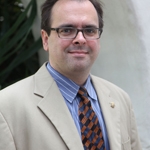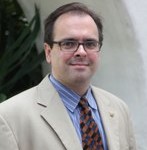
Theresa Cameron
Welcome to the Cultural Districts Blog Salon
Posted by Jul 22, 2013

Theresa Cameron
I'm so excited to welcome you to our blog salon devoted solely to arts, entertainment, and cultural districts. Wondering what exactly we're talking about? We loosely define a cultural district as: “...a well-recognized, labeled, mixed-use area of a city in which a high concentration of cultural facilities serves as the anchor of attraction and robust economic activity.”
A few important bits of information:
- More than 600 communities in the U.S. have designated cultural districts.
- Some cities have formal boundary lines with specific zoning ordinances and economic tax incentives.
- Others have more informal, unofficial boundaries that become a marketing focal point to cluster arts organizations.
- Twelve states have enacted statewide arts, entertainment, and cultural district legislation.
Since the late 1990s, Americans for the Arts has been monitoring the growth of arts, entertainment, and cultural districts across the United States, documenting their location, and reviewing, in relevant cases, their legislation of creation. In 1998 Americans for the Arts published the Cultural Districts Handbook, a first of its kind guide for establishing and developing districts. The Handbook examined districts in 24 U.S. cities. Since the Handbook’s publication, however, the number of districts has grown. Given the phenomenal rate at which the district model has been and continues to be adopted across the country, there is a clear and compelling need for new technical assistance and training resources designed to meet the unique needs of those charged with creating, maintaining, and evaluating districts.
Read More












